Negotiations
For more than two decades, my consultancy work in the development and humanitarian sectors has focused on negotiation under challenging circumstances. With vast expertise in various settings, I have successfully negotiated agreements that resulted in concrete achievements, moving agendas forward quickly and producing practical results. Whether dealing with political, ethnic, or business complexity, my approach to negotiation is distinguished by strategic thought, good communication, and a thorough understanding of the issues at hand. I have repeatedly helped resolve complicated challenges and attain common goals by encouraging constructive discourse and forging stakeholder consensus.
My track record reflects a proven ability to manage difficult situations and negotiate effective outcomes. I have consistently delivered constructive outcomes, from fostering high-level conversations between government officials and civil society organisations to mediating between warring parties in post-conflict situations. By using my diplomatic skills and encouraging collaboration, I have formed alliances, built coalitions, and made a long-term impact in communities worldwide.
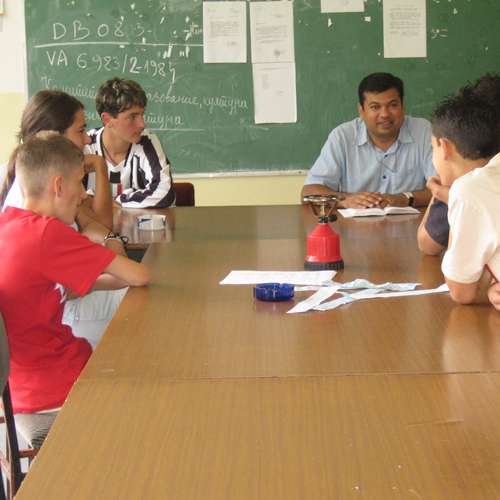
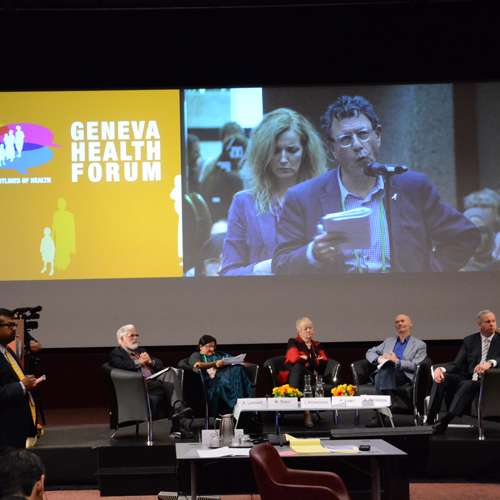
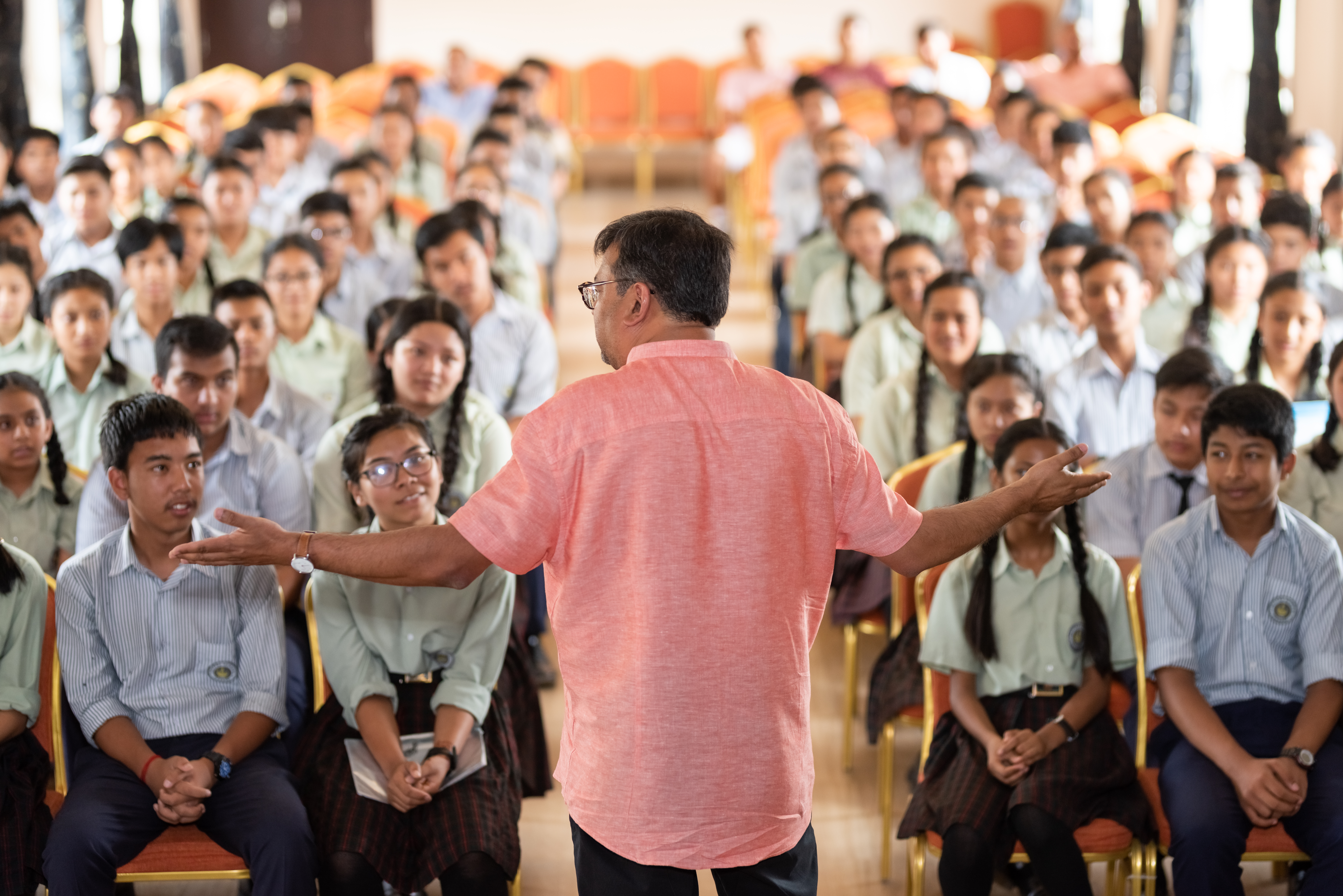
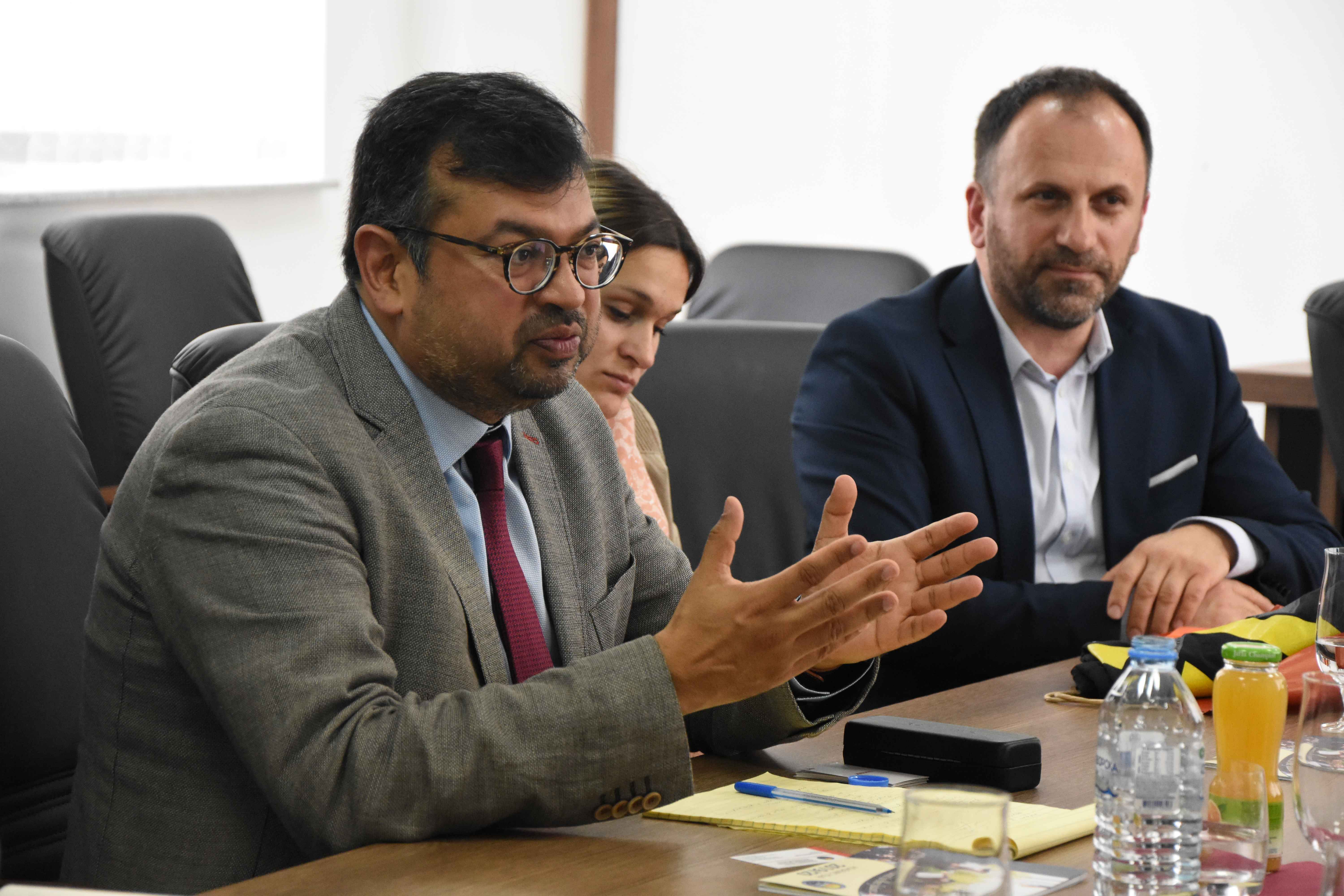
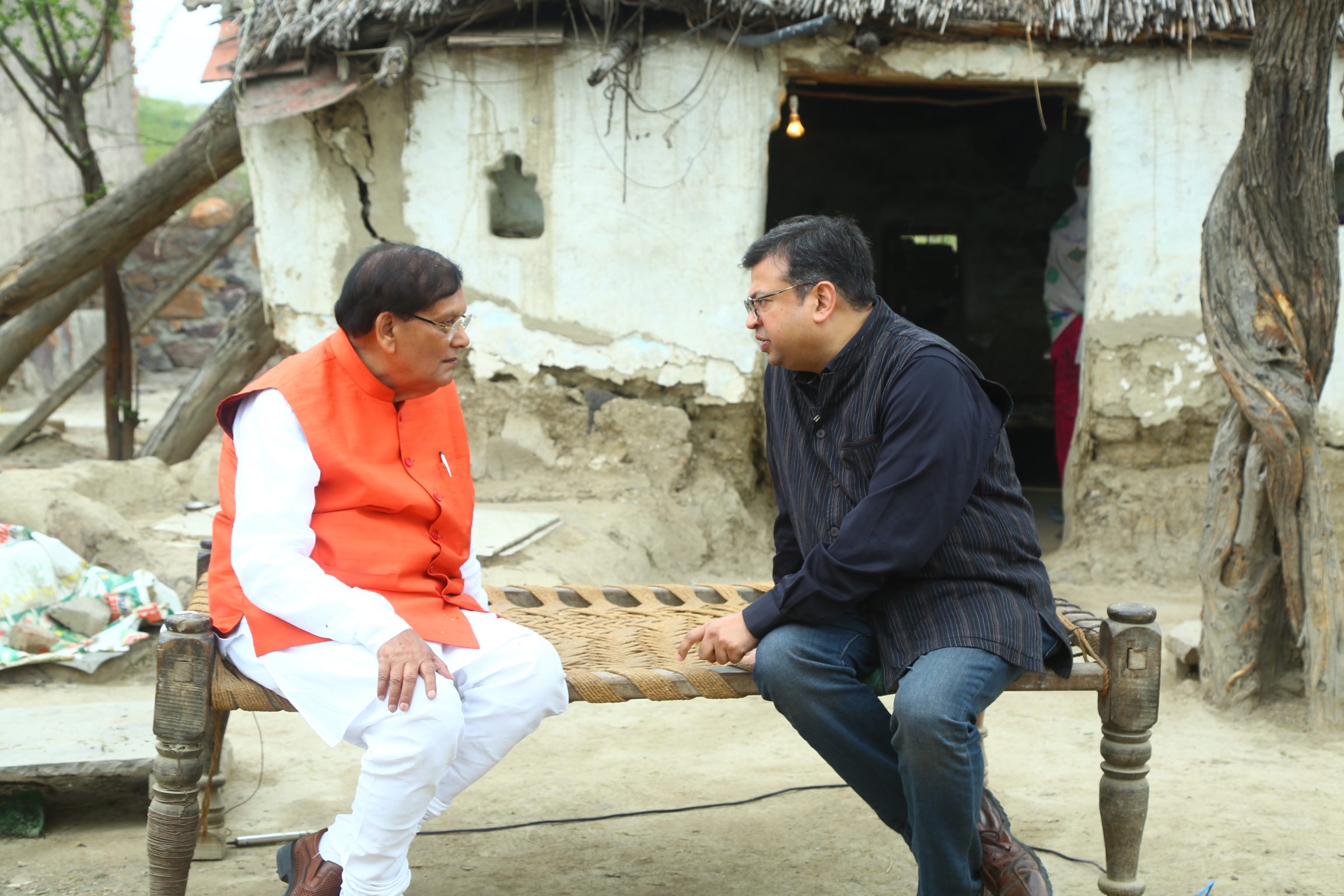
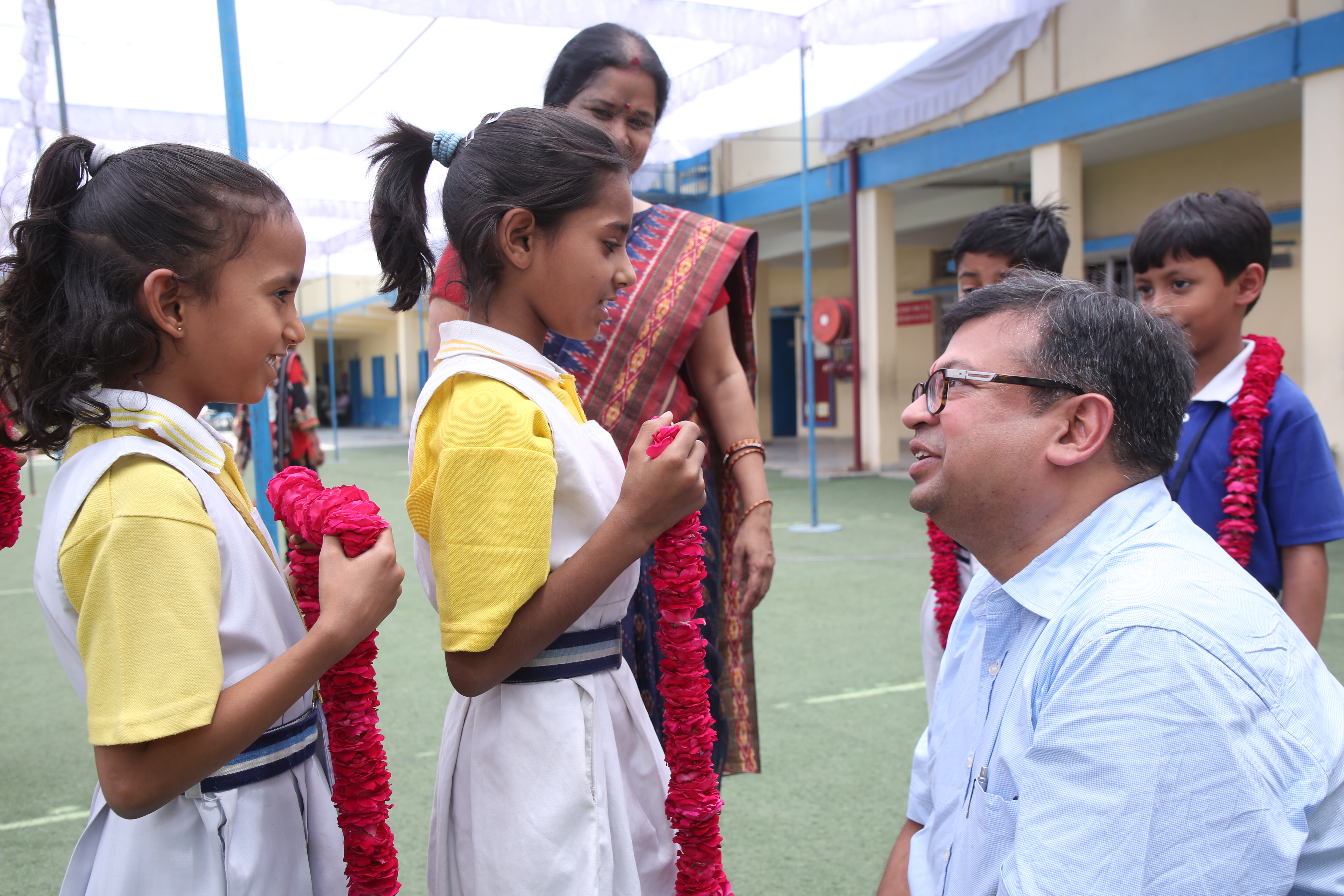
What ?
sector
Where ?
When ?
With whom ?
Avian Influenza- risk communication & preparedness
Sector?
Humanitarian emergency; Women; Child rights
What?
Strategic communication; Capacity building; Fundraising; Project development; Negotiations; Dialogue management;
Where?
Malaysia
Why?
The Avian Influenza epidemic in South East Asia prompted UNICEF and the Ministry of Health to look at areas where health communication with the citizens could be improved? Risk communication expertise was non-existent in the country.
When?
2006
What exactly?
Having worked closely helped withthe Ministry of Health and knowing UNICEF’s strength in communications identified the gap in risk communication expertise. I formulated a capacity building- quick implementation proposal and secured funding for it. I selected international consultants for conducting a series of workshops on risk communication. Along with Ministry of Health counterpart I supervised the implementation and evaluated the outcome.
With- whom?
Ministry of Health, Malaysia
UNICEF
What happened?
Following this workshop the Ministry of Health integrated Risk Communication in its strategic communications tool-box and used it in other emergency situations. Participation from all states of Malaysia in the workshop ensured that there is a nationwide utilization of the tool-box.
“ Through his extensive network of contacts, Sunoor Verma has built a keen understanding of the various concerns of potential donors and addresses them proactively in his project designs. Additionally, Sunoor Verma is quick to address new concerns as they arise. In this manner, Sunoor Verma maintains a high level of confidence on the part of potential donors, greatly facilitating budget negotiations in so doing. ”
Dr. Eben Friedman
Regional Representative
European Centre for Minority Issues
Kosovo Refugee Crisis
Sector
Refugees; Global Health
What?
Humanitarian emergency; Dialogue Management; Needs Assessment; Stakeholder Consultations; Project development; Negotiations.
Where?
Macedonia
Why?
In 1999 during the Kosovo refugee crisis, following concerns of inter-ethnic instability, the Republic of Macedonia imposed a condition on the international community for admitting refugees from neighboring Kosovo. The number of refugees that are evacuated from Macedonia to NATO countries would be the number of newly admitted refugees into the country. In the race against time, while it was vital to evacuate as many refugees as possible, it was important to give priority to vulnerable cases. Prioritizing medical cases among an exhausted from difficult travels and traumatized population was one aspect of the challenge. The other- convincing reluctant host governments accept medical cases for evacuation and the associated costs to their health systems.
When?
1999
What exactly?
Sunoor Verma’s services were retained by the UNHCR to formulate priority criteria for the evacuation of refugee patients to NATO countries. Sunoor prioritized the cases from 7 geographically dispersed refugee camps, and negotiated with NATO country delegations transfer and treatment of emergency medical cases from among the refugees. He coordinated and monitored the facilities for evacuation of severely ill refugees. He played a key role in the initiation, planning and implementation of extending the medical evacuation program to approximately 200,000+ host family refugee cases. Sunoor monitored the standard of medical escorts during evacuation. He worked in partnership with local medical authorities, government authorities, donor community and NGOs to facilitate the patient evacuation process.
With- whom?
UNHCR
NATO
What happened?
- Medical evacuation program extended to approximately 200,000+ refugees residing with host families.
- Significant increase in evacuation of patient to NATO countries for treatment.
( on the value that Sunoor Verma brings to project design/ innovation..) Good sense of “common sense”, no fear of criticism and trying to look into issues from all kinds of angles: in short the ability to make the project as likely to succeed as possible.
Annika Palo
Adviser, Department for Europe
Swedish International Development Cooperation Agency
Support for the Sri Lanka Peace Process
Sector?
Minority issues; Peace building; Inter-ethnic issues
What?
Dialogue management; Assessment & Evaluation
Where?
Sri Lanka
Why?
The Muslims in Sri Lanka are a minority spread out across the island state. They tended to be the balance of power in parliamentary equations. However the peace process in Sri Lanka did not include them as a party in negotiations. The inner divisions within the Muslim community further diminished the chances of their participation. It was felt that for the eventual peace agreement to be implemented the participation of a Muslim representation is a must.
When?
2005
What exactly?
Sunoor Verma was retained to conduct Needs assessment; Stakeholder Consultations; Situation analysis and Institutional capacity assessment of the divided Muslim communities in Sri Lanka in relation to the peace process in that country. This involved, consulting with political, religious, community leaders and other members of the Muslim communities, the government, international missions and further relevant actors in Sri Lanka. The project was carried out in a climate of growing security concerns and travel restrictions.
With- whom?
Cambridge University, Centre of International Studies
Carnegie Foundation, New York
What happened?
Visible and invisible opinion makers were consulted thus ensuring a report, which is highly reliable. This substantive report detailed the identity, interests and positions of Muslim political actors in Sri Lanka in relation to the peace process. This report was presented to the peace process facilitators.
“ While many give lip service to the importance of a participatory approach that involves the community in the design of projects, Sunoor puts this theory into practice through his natural curiosity and his interest in working with people. This enhances the sustainability of interventions. ”
Michael Szporluk
Expert, Civil Society Development
Mercy Corps
What?
Refugees; Humanitarian Relief;
Dialogue Management; Needs Assessment; Stakeholder Consultations; Project
development; Negotiations.
Where?
Macedonia
Why?
In 1999 during the Kosovo refugee crisis, following concerns of inter-ethnic instability, the Republic of Macedonia imposed a condition on the international community for admitting refugees from neighboring Kosovo. The number of refugees that are evacuated from Macedonia to NATO countries would be the number of newly admitted refugees into the country. In the race against time, while it was vital to evacuate as many refugees as possible, it was important to give priority to vulnerable cases. Prioritizing medical cases among an exhausted from difficult travels and traumatized population was one aspect of the challenge. The other- convincing reluctant host governments accept medical cases for evacuation and the associated costs to their health systems.
When?
1999
What exactly?
Sunoor Verma’s services were retained by the UNHCR to formulate priority criteria for the evacuation of refugee patients to NATO countries. Sunoor prioritized the cases from 7 geographically dispersed refugee camps, and negotiated with NATO country delegations transfer and treatment of emergency medical cases from among the refugees. He coordinated and monitored the facilities for evacuation of severely ill refugees. He played a key role in the initiation, planning and implementation of extending the medical evacuation program to approximately 200,000+ host family refugee cases. Sunoor monitored the standard of medical escorts during evacuation. He worked in partnership with local medical authorities, government authorities, donor community and NGOs to facilitate the patient evacuation process.
With- whom?
UNHCR
NATO
What happened?
- Medical evacuation program extended to approximately 200,000+ refugees residing with host families.
- Significant increase in evacuation of patient to NATO countries for treatment.
( on the value that Sunoor Verma brings to project design/ innovation..) Good sense of “common sense”, no fear of criticism and trying to look into issues from all kinds of angles: in short the ability to make the project as likely to succeed as possible.
Annika Palo
Adviser, Department for Europe
Swedish International Development Cooperation Agency